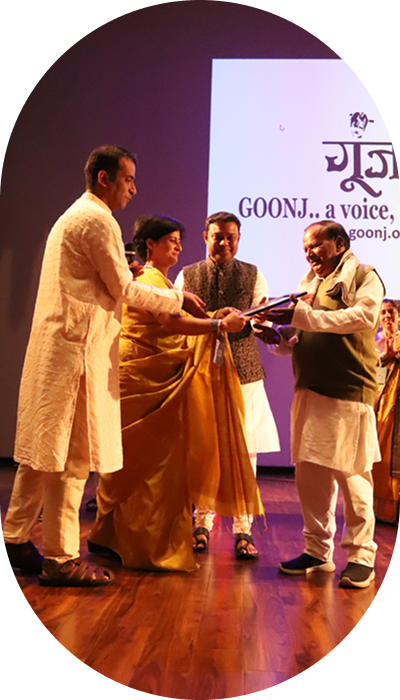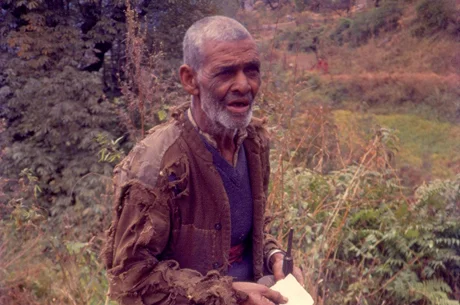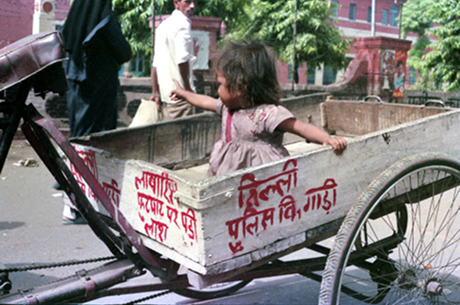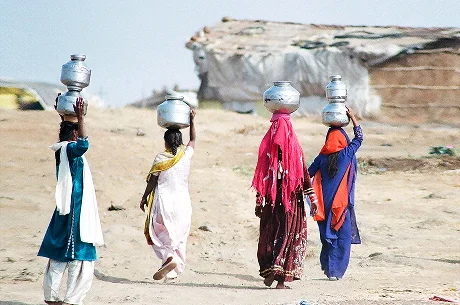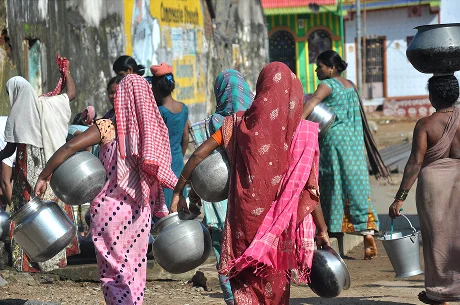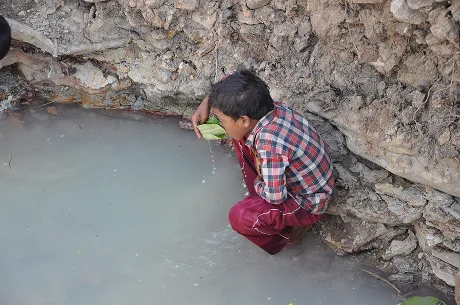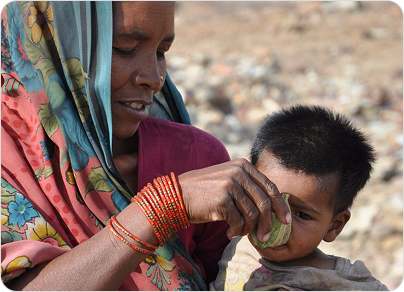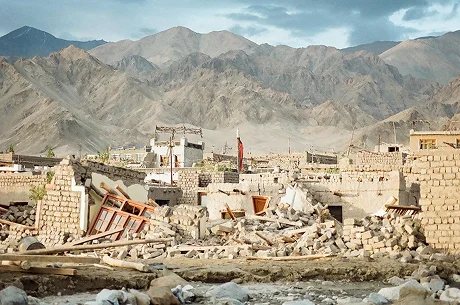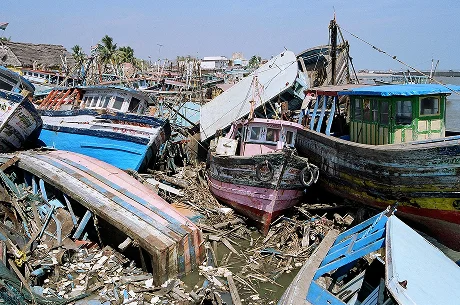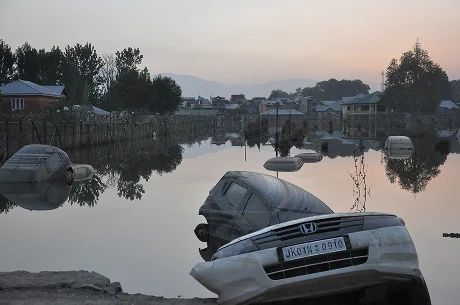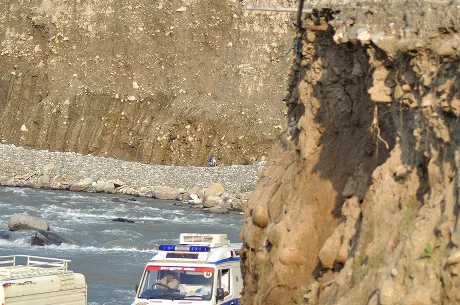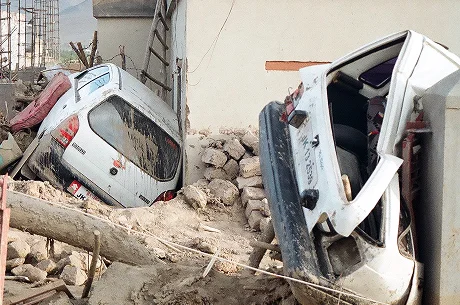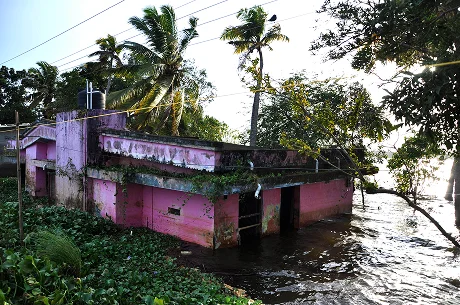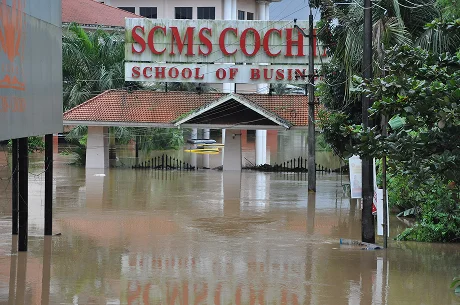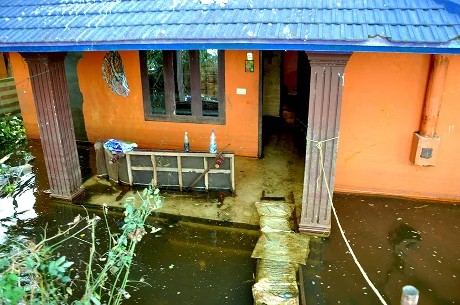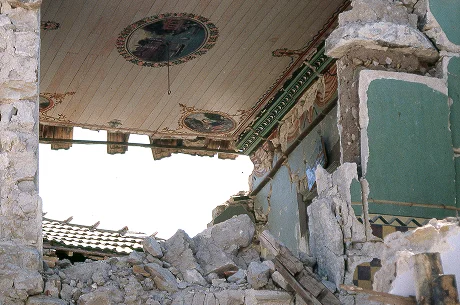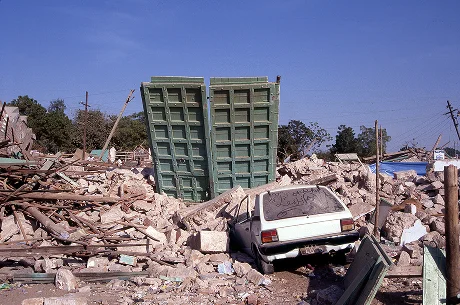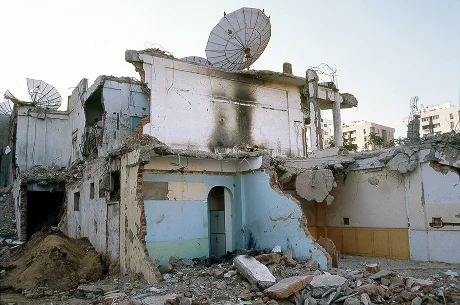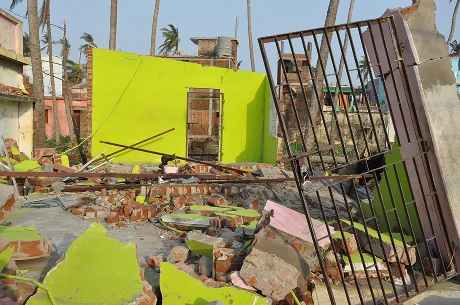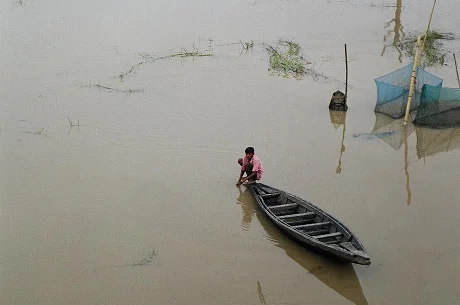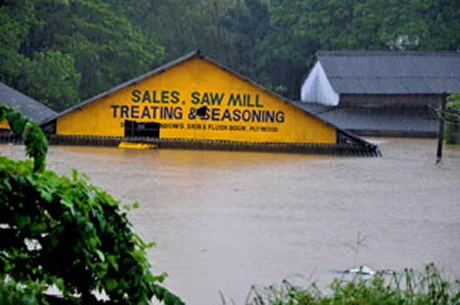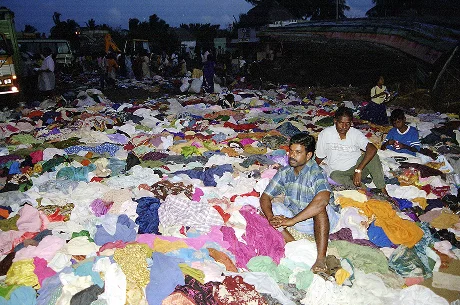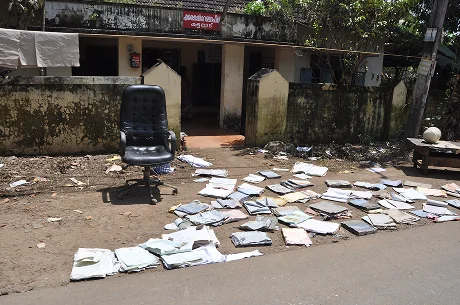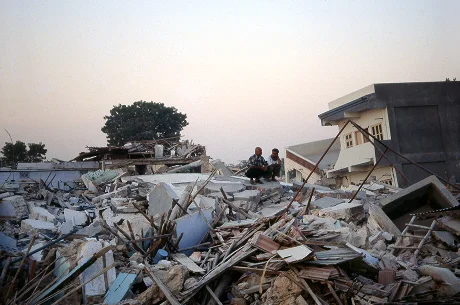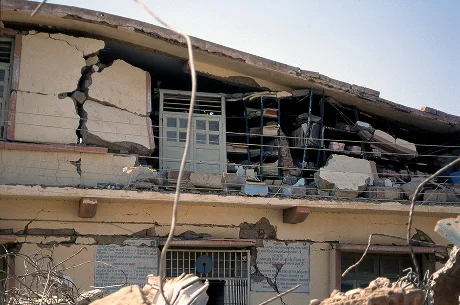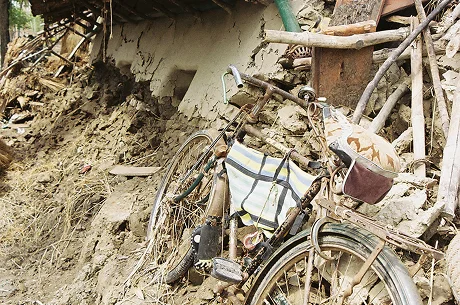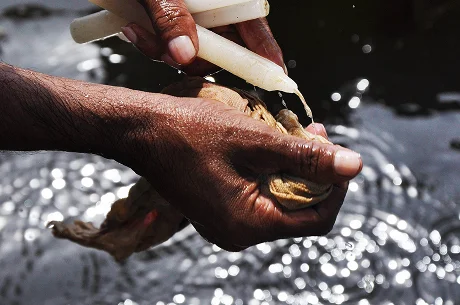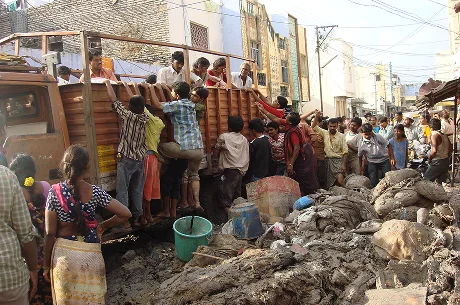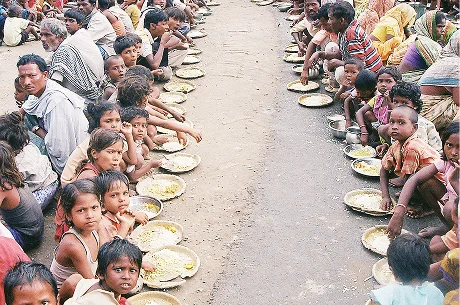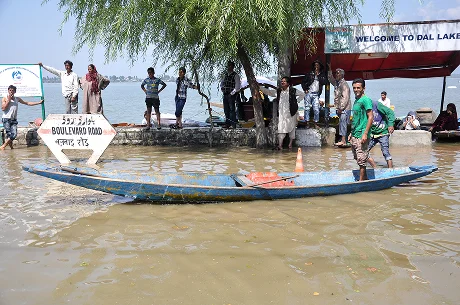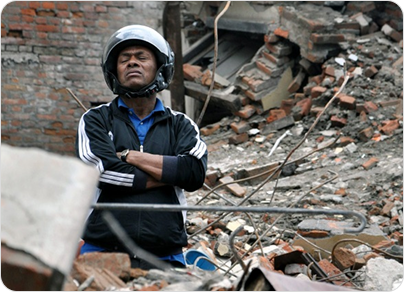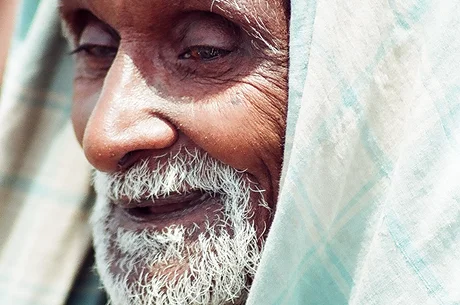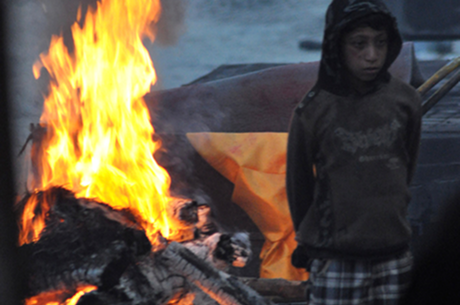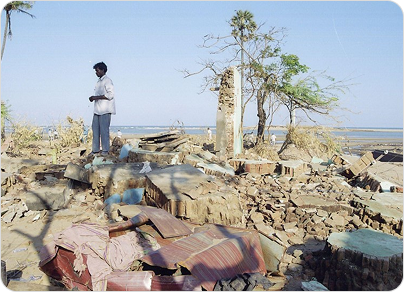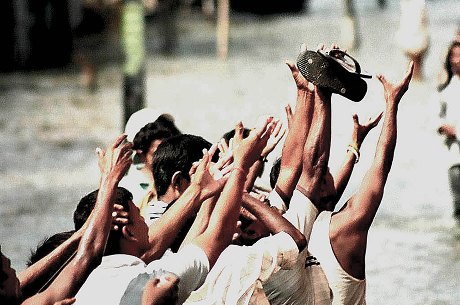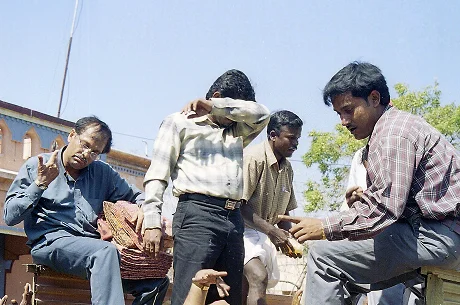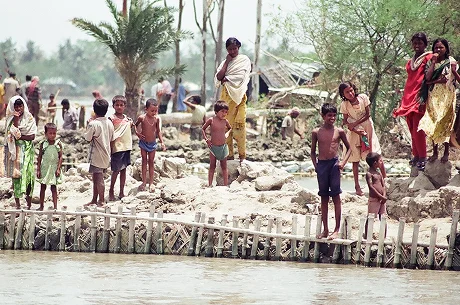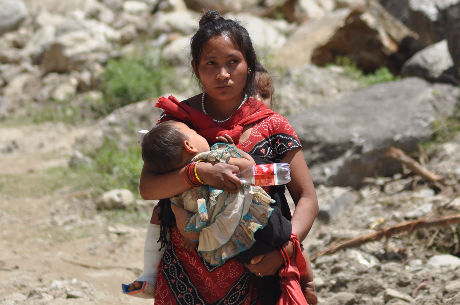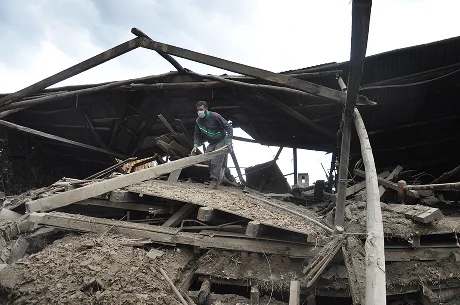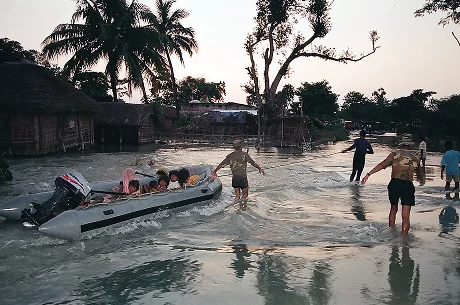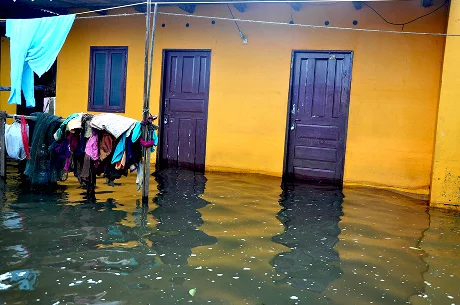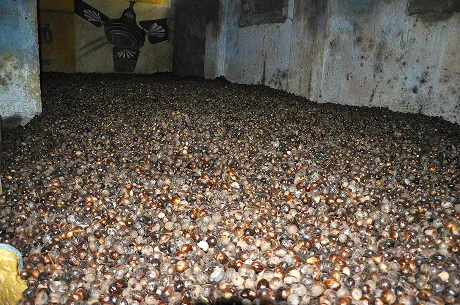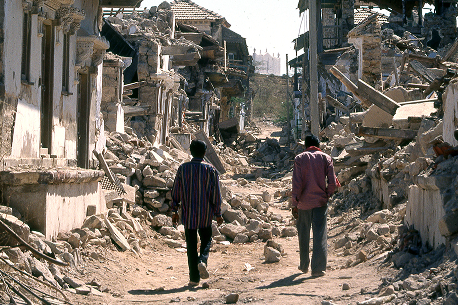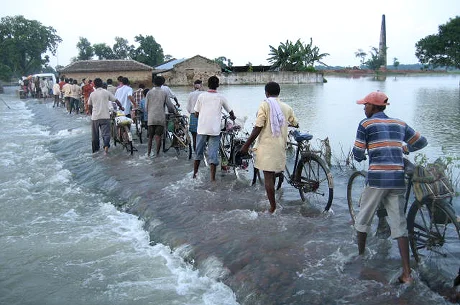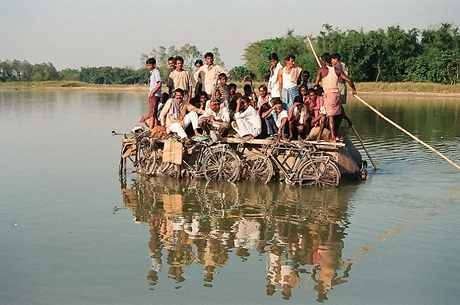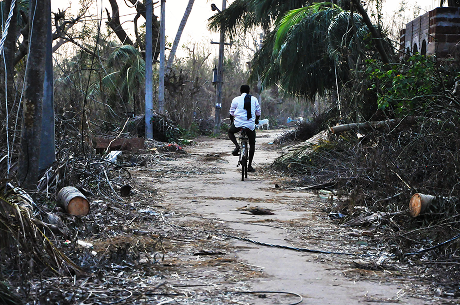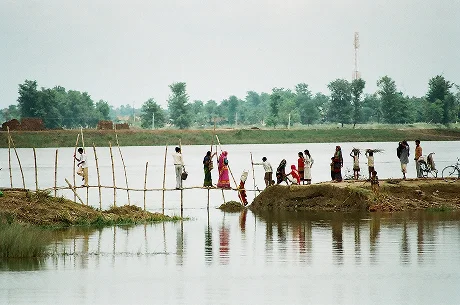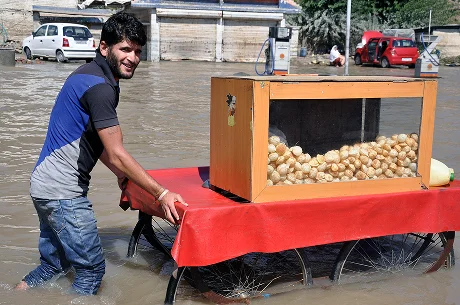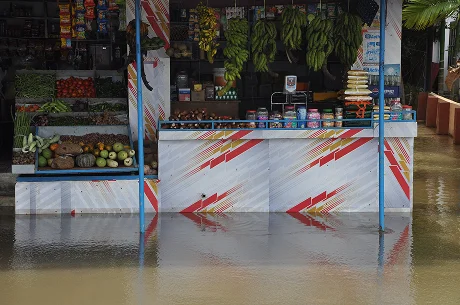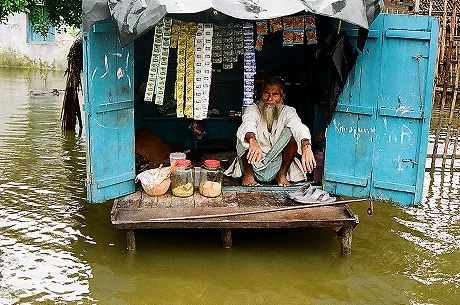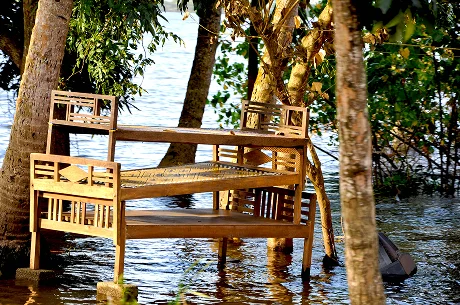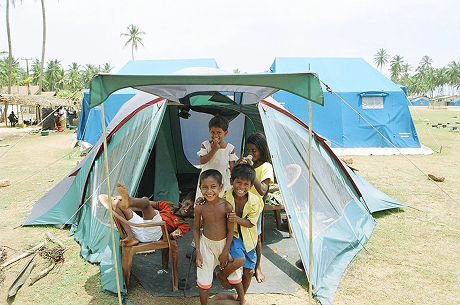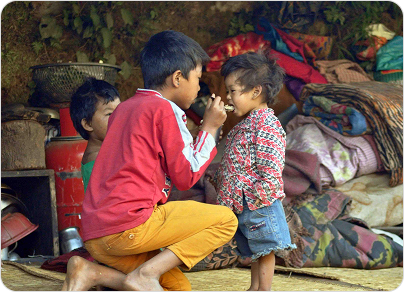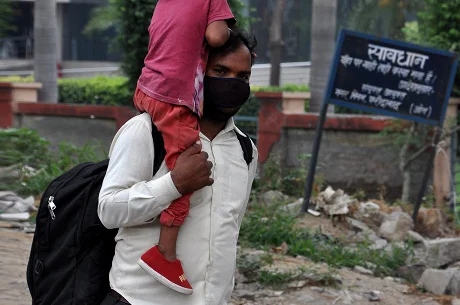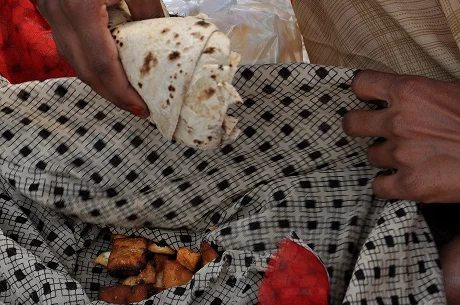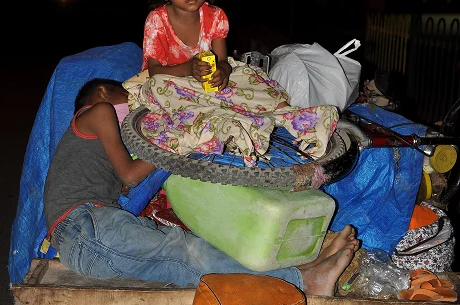Disaster to Dignity - Witnessing Resilience Through the Anshu's lenses
A visual and emotional archive of disasters in India — not through damage, but through dignity. This experience invites you to unlearn what you thought you knew about disasters.
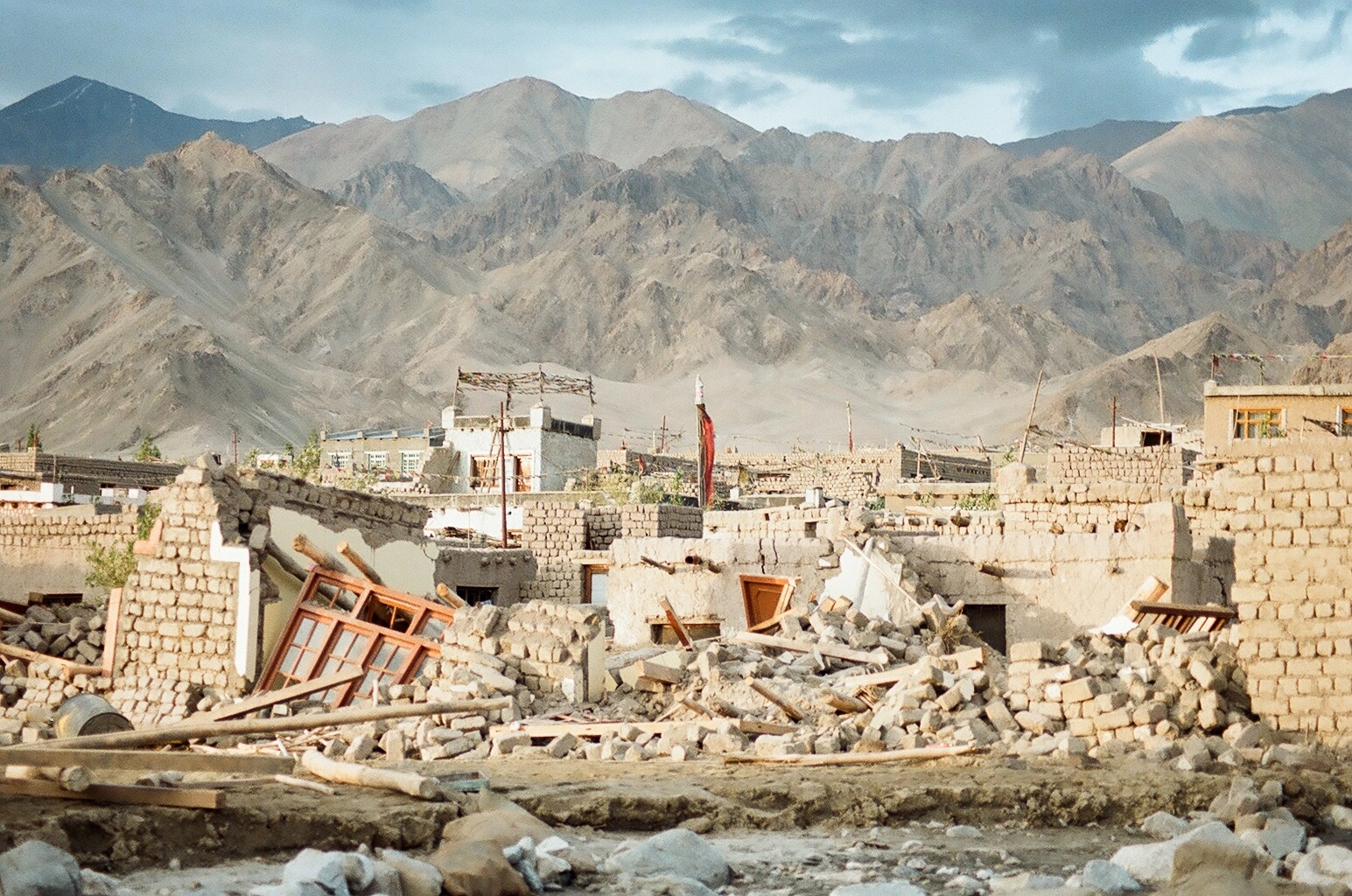

Beginning of Journey
Myth: Relief material is enough — why ask for money?
Reality: Reframes giving → asks for deeper understanding of logistics, dignity, and monetary need
Myth: Relief material is enough — why ask for money?
Reality: Reframes giving → asks for deeper understanding of logistics, dignity, and monetary need
Impact of Disaster
Myth: Things go back to normal in a few weeks
Reality: Shifts perception from visible damage to long-term, invisible systems impact (health, livelihoods, psyche)
Myth: Things go back to normal in a few weeks
Reality: Shifts perception from visible damage to long-term, invisible systems impact (health, livelihoods, psyche)
Myth: Major response is only needed when there are many deaths
Reality: Shifts perception from visible damage to long-term, invisible systems impact (health, livelihoods, psyche)
Myth: Major response is only needed when there are many deaths
Reality: Shifts perception from visible damage to long-term, invisible systems impact (health, livelihoods, psyche)
Myth: Only people directly hit by the disaster need help
Reality: Shifts perception from visible damage to long-term, invisible systems impact (health, livelihoods, psyche)
Myth: Only people directly hit by the disaster need help
Reality: Shifts perception from visible damage to long-term, invisible systems impact (health, livelihoods, psyche)
Myth: Disaster is temporary — it ends when water recedes (implied)
Reality: Shifts perception from visible damage to long-term, invisible systems impact (health, livelihoods, psyche)
Myth: Disaster is temporary — it ends when water recedes (implied)
Reality: Shifts perception from visible damage to long-term, invisible systems impact (health, livelihoods, psyche)
Myth: Children and women are always protected during disaster response (implied gap in design)
Reality: Shifts perception from visible damage to long-term, invisible systems impact (health, livelihoods, psyche)
Myth: Children and women are always protected during disaster response (implied gap in design)
Reality: Shifts perception from visible damage to long-term, invisible systems impact (health, livelihoods, psyche)
Myth: Disaster survivors don’t accept old clothes
Reality: Shifts perception from visible damage to long-term, invisible systems impact (health, livelihoods, psyche)
Myth: Disaster survivors don’t accept old clothes
Reality: Shifts perception from visible damage to long-term, invisible systems impact (health, livelihoods, psyche)
Contradictions
Myth: Disaster survivors are poor and will take anything they are given
Reality: Uses irony to critique donor mindsets and reinforce empathy + appropriateness
Myth: Disaster survivors are poor and will take anything they are given
Reality: Uses irony to critique donor mindsets and reinforce empathy + appropriateness
Myth: Anyone can go into a disaster zone and offer help
Reality: Shows impact as layered — physical, emotional, and infrastructural
Myth: Anyone can go into a disaster zone and offer help
Reality: Shows impact as layered — physical, emotional, and infrastructural
Myth: Disaster is a one-time event
Reality: Shows impact as layered — physical, emotional, and infrastructural
Myth: Disaster is a one-time event
Reality: Shows impact as layered — physical, emotional, and infrastructural
Emotion
Myth: Only people directly hit by the disaster need help
Reality:Deepens emotional frame; calls for more inclusive, time-sensitive storytelling
Myth: Only people directly hit by the disaster need help
Reality:Deepens emotional frame; calls for more inclusive, time-sensitive storytelling
Myth: People will manage — they’re used to this (implied)
Reality: Highlights care burden and the maternal lens of disaster resilience
Myth: People will manage — they’re used to this (implied)
Reality: Highlights care burden and the maternal lens of disaster resilience
Courage
Myth: Survivors wait passively for help (implied through “Flow,” “Enough,” “Trail”)
Reality: Redefines courage as lived resistance and self-organized action
Myth: Survivors wait passively for help (implied through “Flow,” “Enough,” “Trail”)
Reality: Redefines courage as lived resistance and self-organized action
Myth: Relief = rescue Redefines courage as lived resistance and self-organized action
Reality: Redefines courage as lived resistance and self-organized action
Myth: Relief = rescue Redefines courage as lived resistance and self-organized action
Reality: Redefines courage as lived resistance and self-organized action
Children
Myth: Children are unaware or unaffected by disasters (implied)
Reality: Shifts focus to trauma, disruption of routine, and dignity in child-centered response
Myth: Children are unaware or unaffected by disasters (implied)
Reality: Shifts focus to trauma, disruption of routine, and dignity in child-centered response
Covid-19
Myth: Migrants returned home safely (implied via “Home”)
Reality: Frames pandemic as slow-moving disaster — tied to movement, economy, memory
Myth: Migrants returned home safely (implied via “Home”)
Reality: Frames pandemic as slow-moving disaster — tied to movement, economy, memory
Take a pause. Rethink what we often overlook.
These are not just images. They are stories. And maybe, mirrors.
Voiceover Narration
28:37
Goonj is a voice… Goonj is a movement… Meet the man behind the movement… Magasaysay Awardee Anshu Gupta.
15:04
Popularly known as the “Clothing Man”, Anshu created a mass movement for recycling and reusing tons of waste material by establishing a culture of sustained donations from urban, wealthy India and its impoverished rural areas.
12:27
Anshu’s efforts to bring wider attention to the most ignored basic need of human i.e., clothing, and its various aspects right from dignity, deaths in winters to the most taboo subject of sanitary pads are getting wider acceptance across the world and many organizations have started replicating GOONJ’s various initiatives.
01:06:35
Founder Director, Goonj Mr Anshu Gupta addresses the Baithak Community of Goonj about the ongoing pandamic. Baithak is a niche group of Social Entrepreneurs & people who wants to start an initiative in the development sector in India. Goonj has conducted 4 Baithaks so far.
58:17
An Ashoka and Schwab Fellow for entrepreneurship and founder of Goonj, he is the recipient of several prestigious awards including the 2015 Ramon Magsaysay award, World Bank’s Development Marketplace award, Changemakers Innovation award and Jamnalal Bajaj award for Fair Business Practices.
The story doesn’t end with survival. It begins when dignity is restored.
